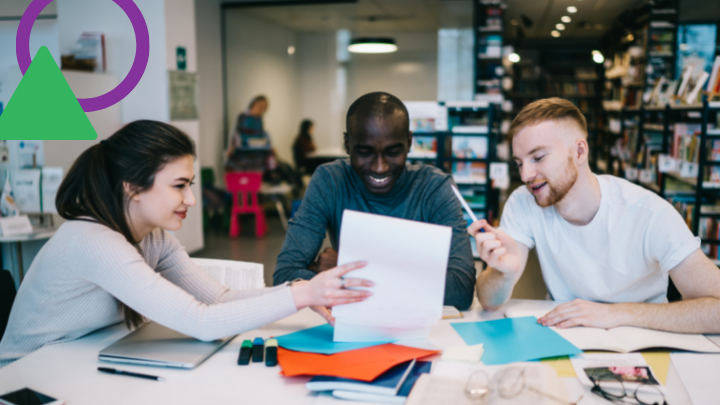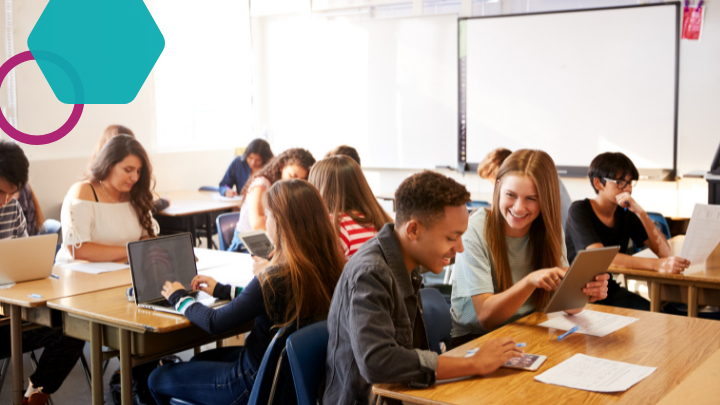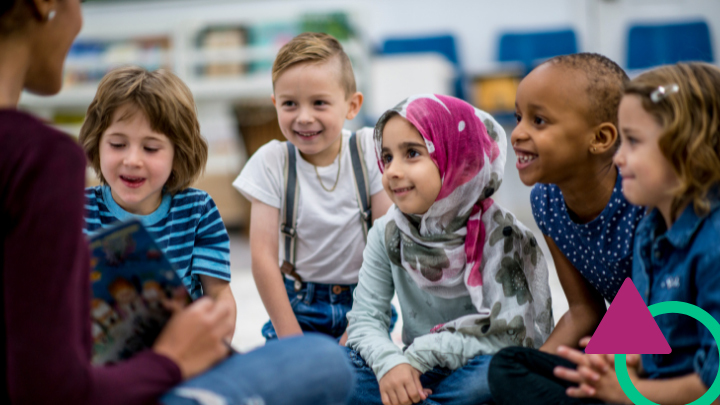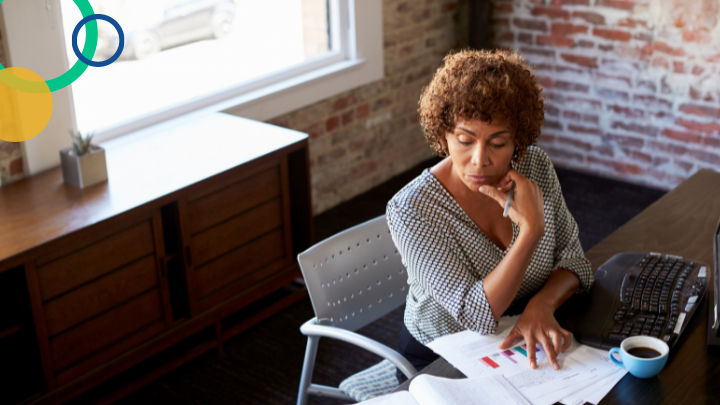It was a sunny April day, a few weeks into the emergency shift to distance learning for my kids, here in Charlotte, NC, I was taking a walk with my 7-year-old son Mateo, one of the few silver linings in an otherwise stressful month. He is a talkative and thoughtful young boy and all of the sudden he blurted out:
“You know, Papa, this COVID pandemic feels like half of what we used to do is gone for a while: We can’t see our friends inside, we can’t go to the movies, and we have to be home a lot…”
My heart was tightening as I heard him share that, grasping the reality of the loss he was currently experiencing, and wondering what in the world I could do to take some of his pain and sadness away. But then, as he often does, he kept going before I could even say a word.
“…But at the same time, I have noticed that we are all trying to learn to do new things right now: Mama is learning to make bread, you are getting this projector for movies in our backyard, and Noah and I are doing remote Netflix watch parties with our friends… It makes me wonder when our life goes back to normal, does this mean we will have one and a half life back thanks to all that we are learning to do?”
You can imagine that I was speechless, struck by the depth of his reflection.
A full year after this walk, the wisdom of my now 8-year-old is a handwritten quote hanging over my laptop, in my home office, to remind myself of important things we have to do with our schools this spring.
Making Space to Process and Address Our Losses
Every day, I meet with school leaders from all around the country, and one of the first things on their mind this spring is how to help students process and cope with an array of losses this year of Pandemic Learning has created for them. Potential academic losses are of course on top of their minds, as they have witnessed, and worked tirelessly to address the many inequities the COVID19 crisis has exacerbated for their students. From providing equitable access to devices and high-speed internet all the way to creating the conditions for in-person and distant learners to continue to collaborate when we had to conduct instruction in a hybrid concurrent model, leaders have been confronting the reality that they will have to think strategically about ways to close potential gaps and accelerate growth for students when they are all able to be back in person on an even playing field.
But academic losses are not the only losses on the minds of our school leaders: They know some of their students have lost loved ones, or have seen loved ones lose their jobs. They also know students are working on re-learning how to be together without additional stress and in the process of doing so, it is helpful to think about creating a space for them to process these different emotions.
Reflecting on What We Learned and Gained Should Also Be at the Forefront
Going back to my son’s one and a half life back analogy, it is important this spring to also include in our planning process a deep phase of reflection, allowing us to measure how much we have also learned and gained during these challenging times. This intentional pause could help us all realize in which ways we could be creating new opportunities for our students in our classrooms by asking ourselves some simple but powerful questions:
- What are some new skills, learned by our staff and students, by necessity, that could become instrumental in our re-imagined classrooms by design?
- What have the past 15 months taught us about the importance of student-centered learning, and how could we leverage new skills learned toward getting closer to this vision?
- In the process of preparing to assess and address academic gaps, how do we ensure that we keep equity at the forefront so that we do not design deficit-based solutions that widen the opportunity gap in the process?
- What voices are we forgetting to include in this conversation right now and what important questions are we forgetting to ask in order to capture an accurate picture of what we learned as a learning community over the course of two challenging school years?
At BetterLesson, we believe that we should support our schools and their leaders this spring with these challenging but exciting questions. It will be hard to prioritize them, it will be complex to tackle them but we owe it to our kids, their caregivers, and our teachers to create a space for these questions to be posed, and for answers to be turned into thoughtful system changes and meaningful professional development plans.
This piece was originally published by Learning Forward Texas.








